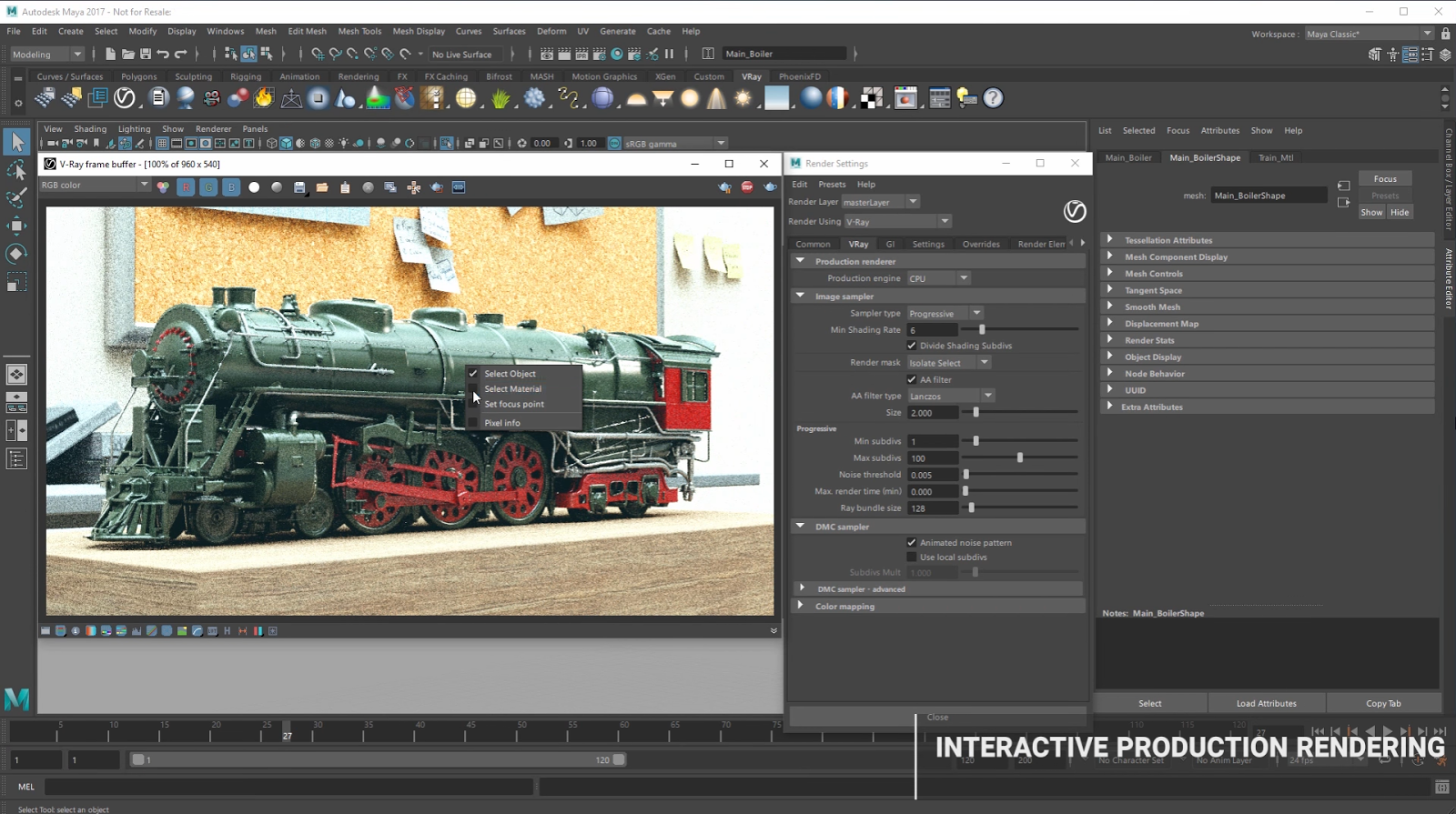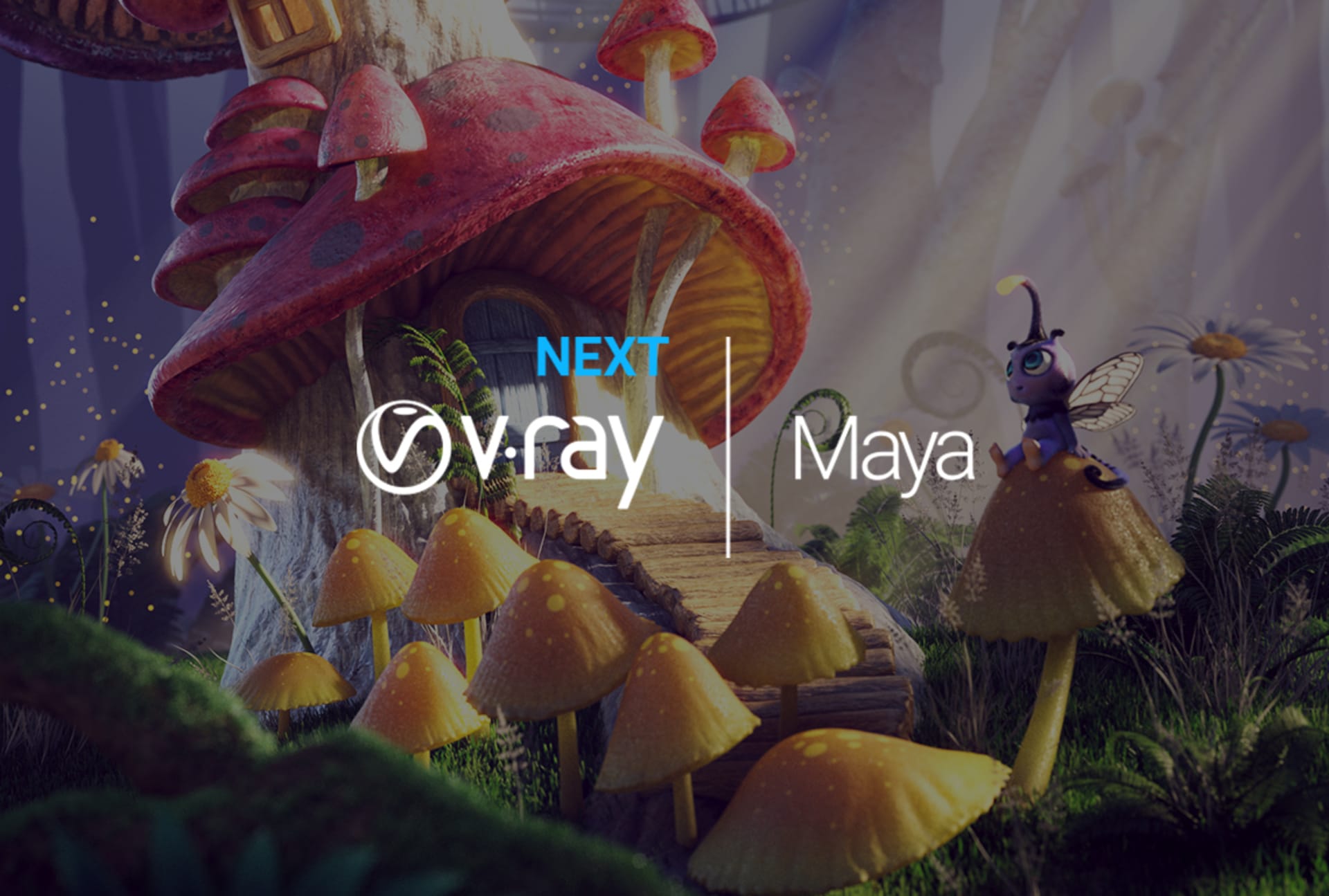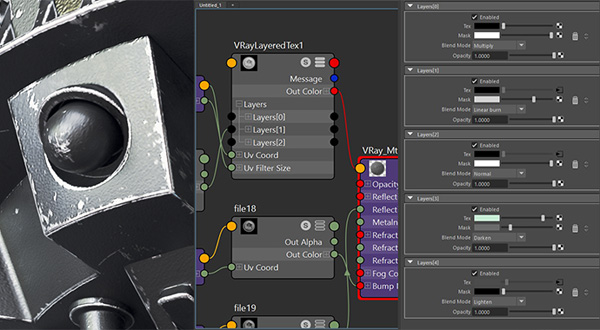

I took all file format like(Png,Tga,exr) but the alpha channel will not came properly it’ll came with full white I attach the render image RGB and Alpha image TGA file. Find the folder where Substance Designer keeps its MDL modules (usually C:\Program Files\Allegorithmic\Substance Designer 5\resources\view3d\iray but may differ from version to version) and append its path to the same environment variable. Hi everybody I was done one ship model with glass,I need transparent glass with alpha channel on vray render. Tell V-Ray where the MDL repository is by appending it to the VRAY_MDL_PATH_MAYA20yy_圆4 environment variable.Ĥ. Put the textures needed by the MDL materials in the same repository in their respective subfolder (for example, X:\MDL\MDL_Plywood_02).ģ. Put the MDL modules that are exported from Substance Designer into this folder.Ģ.

Make a folder, for example, X:\MDL, that will act as the MDL repository. In order to load these modules, a folder needs to be set up before starting Maya, as expalined below:ġ. In some cases, when using MDL files exported from Substance Designer, V-Ray may fail to load some modules. Importing MDL Files from Substance Designer VRAY_MDL_PATH_MAYA2018_圆4=C:\Program Files\Chaos Group\V-Ray\Maya 2018 for 圆4\mdl %PROGRAMDATA%\NVIDIA Corporation\mdl %USERPROFILE%\Documents\mdl V-Ray supports only ACEScg as the primary color space of choice in CGI and not.

There are two ways of setting up ACEScg for rendering and display: manually and using an OCIO configuration. Where yy is the version of Maya installed. V-Ray 5 comes with an implementation of the ACEScg out of the box and in this tutorial we explain the rendering setup in V-Ray for Maya in this color space. VRAY_MDL_PATH_MAYA20yy_圆4=%PROGRAMFILES%\Chaos Group\V-Ray\Maya 20yy for 圆4\mdl %PROGRAMDATA%\NVIDIA Corporation\mdl %USERPROFILE%\Documents\mdl Your baked texture and you are good to go.In order for the MDL Material to correctly import NVIDIA vMaterials, the following two paths should be set in the environment variable shown below: fbx file and import that into a game engine and also import your Baked texture, just assign ĩ) Then you can just export the mesh as a. The Personal Learning Edition renders without watermarks.
Vray maya license#
If you need more time to explore V-Ray for Maya, its easy to renew your license when your old one expires. A license is granted for a period of three months.
Vray maya free#
So, when you hot the render button this time you wont see the camera render, you will see the actual texture map.Ĩ) And now if you go back to the lighting/shading -> Bake with Vray option -> Bake, Vray will take the rendered texture and Bake it to the mesh and it will be placed in the output folder path you had mentioned. V-Ray Personal Learning Edition (PLE) for Maya is free for non-commercial projects, product evaluations, education, and research. This means that we first have to press the render button in the render view and this is when the actual texture map gets calculated. At this point nothing might happen, everything will remain same and you might wonder if its not working.ħ) So, if you remember we had changed the Baking engine to texture baking. In this box you can click on Assign baked textures, if you want to preview how it looks inside the viewport.Ħ) In the same menu, click on “Bake”. V-Ray Personal Learning Edition (PLE) for Maya is free for non-commercial projects, product evaluations, education and research. Now in this node set the output path for your texture, this is where your texture will be saved to.ĥ) Next under Lighting/shading menu, click on :Bake with Vray option box. Ģ) Then go to Vray common render settings inside Maya and change Baking engine to Texture baking.ģ) Then select your mesh for which you want to bake your textures for, Go to Rendering menu -> Lighting/Shading -> Click:Assign single Vray bake option to selection.Ĥ) You will have vraybakeoptions node attached to the mesh you had selected. Maybe the workflow differs a bit from one another but i don't think it's a huge difference. I personally use arnold because it's free and it gives a very nice render. Just wanted to quickly summarize the workflow using Maya and Vray to bake textures so that they can be used in game engines.ġ) Create your models inside maya, try to combine meshes of as many objects as possible and make sure you have defined good UV sets for all those meshes. Arnold looks a bit more real but takes a bit more time to render, vray is maybe a bit faster.


 0 kommentar(er)
0 kommentar(er)
